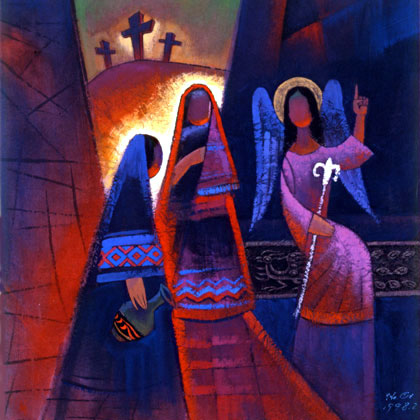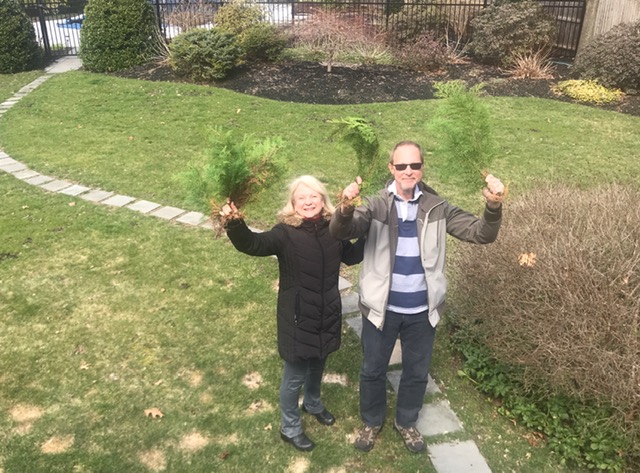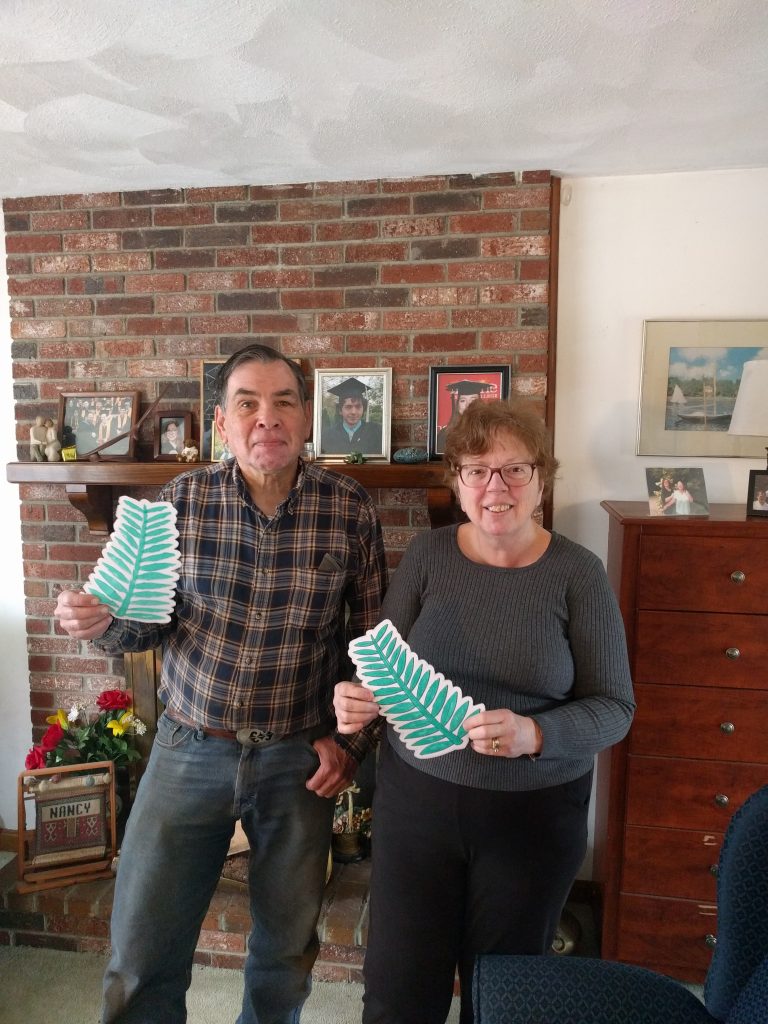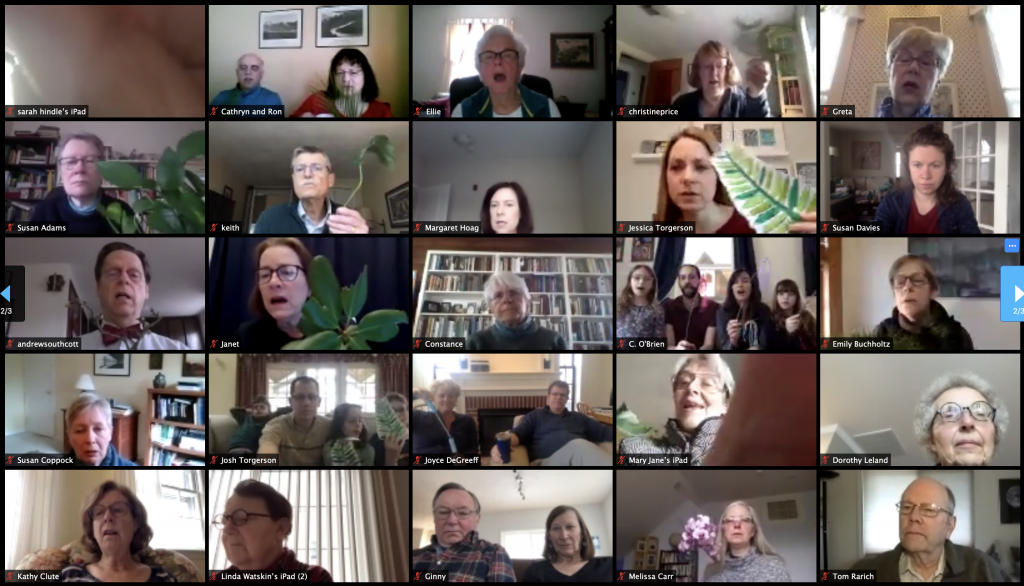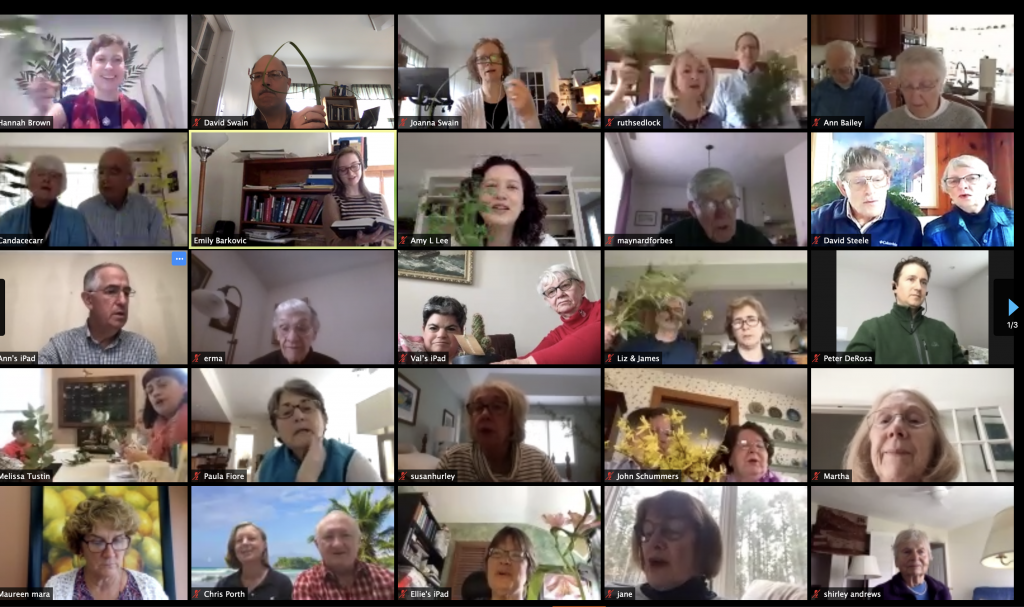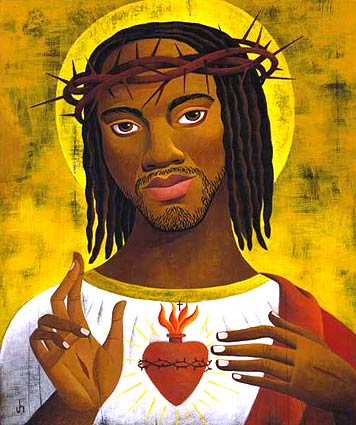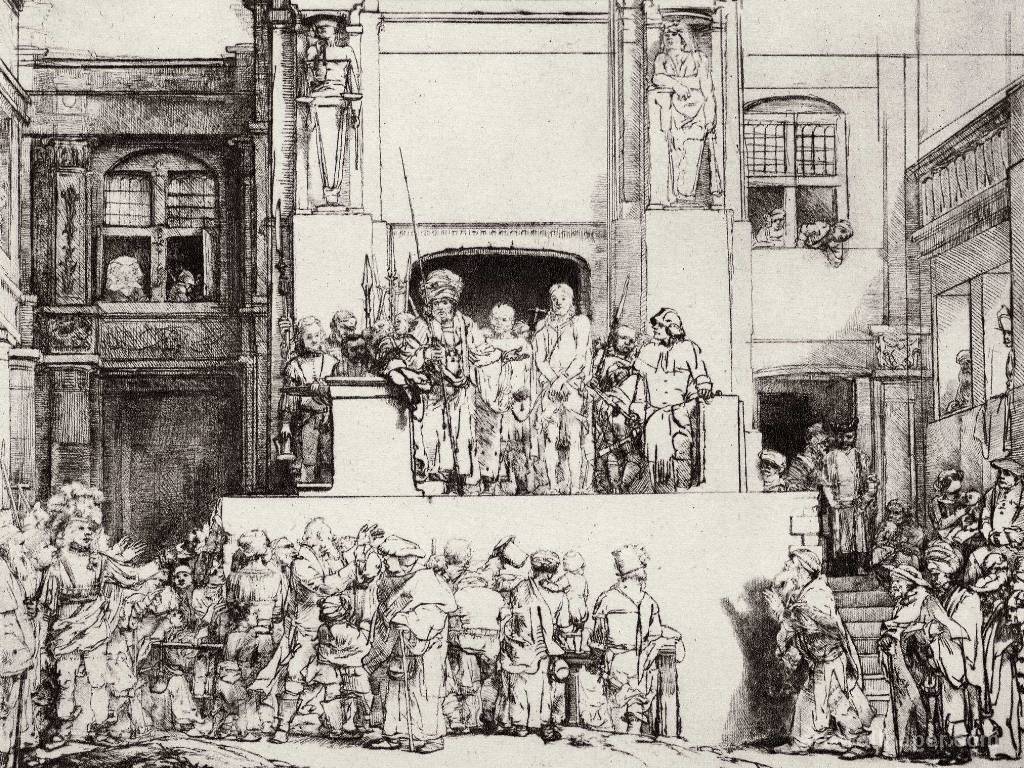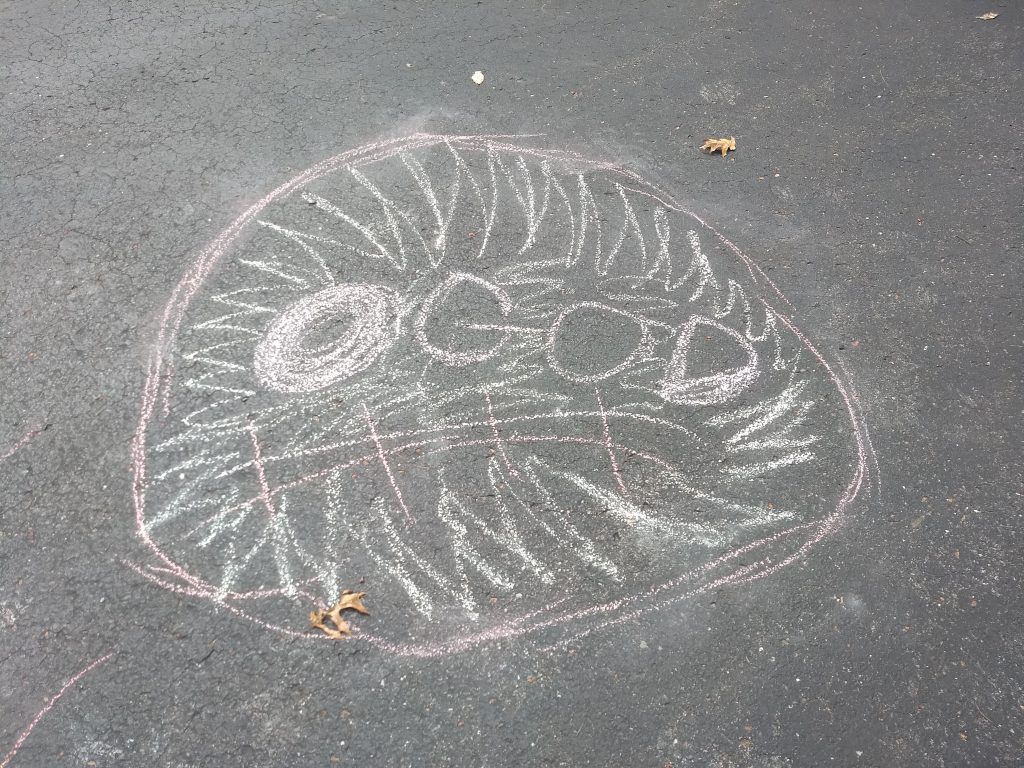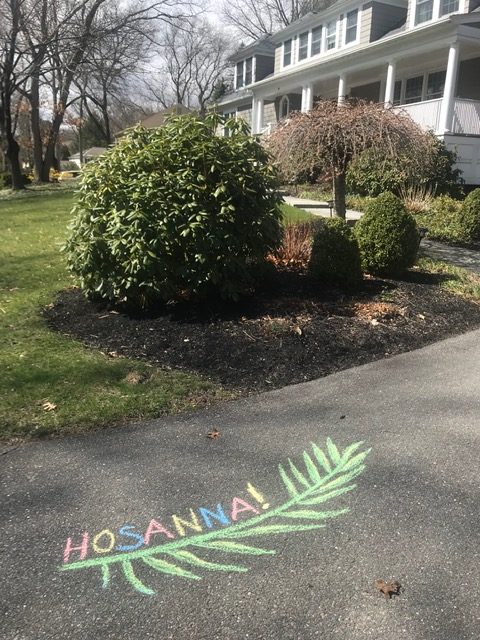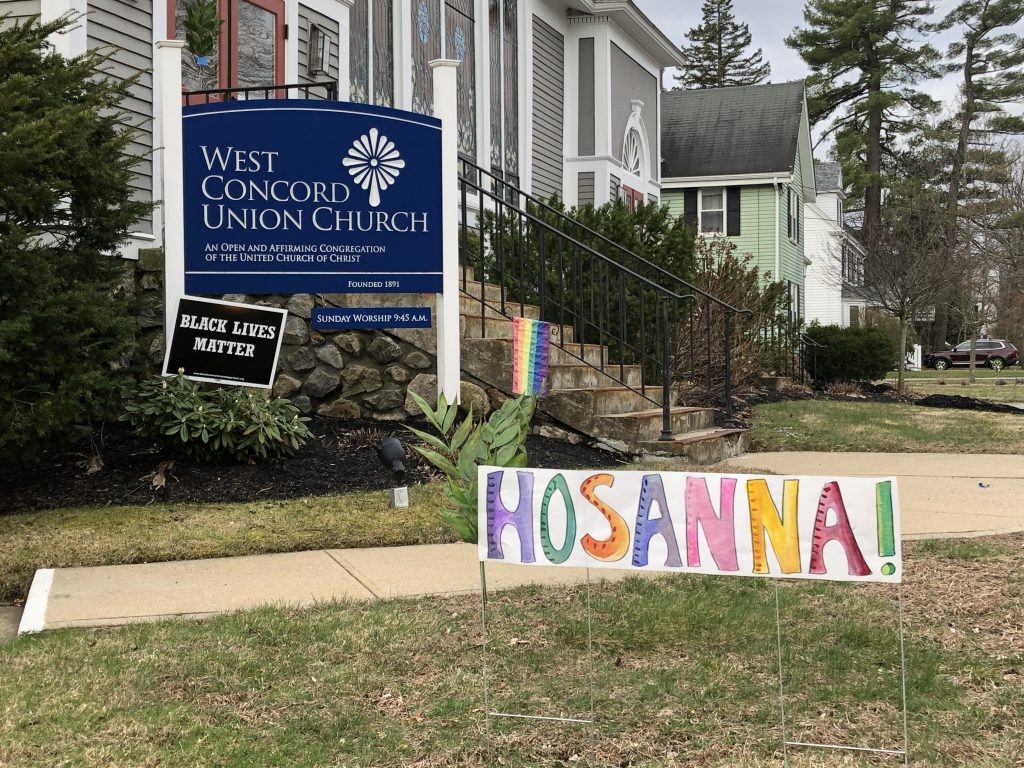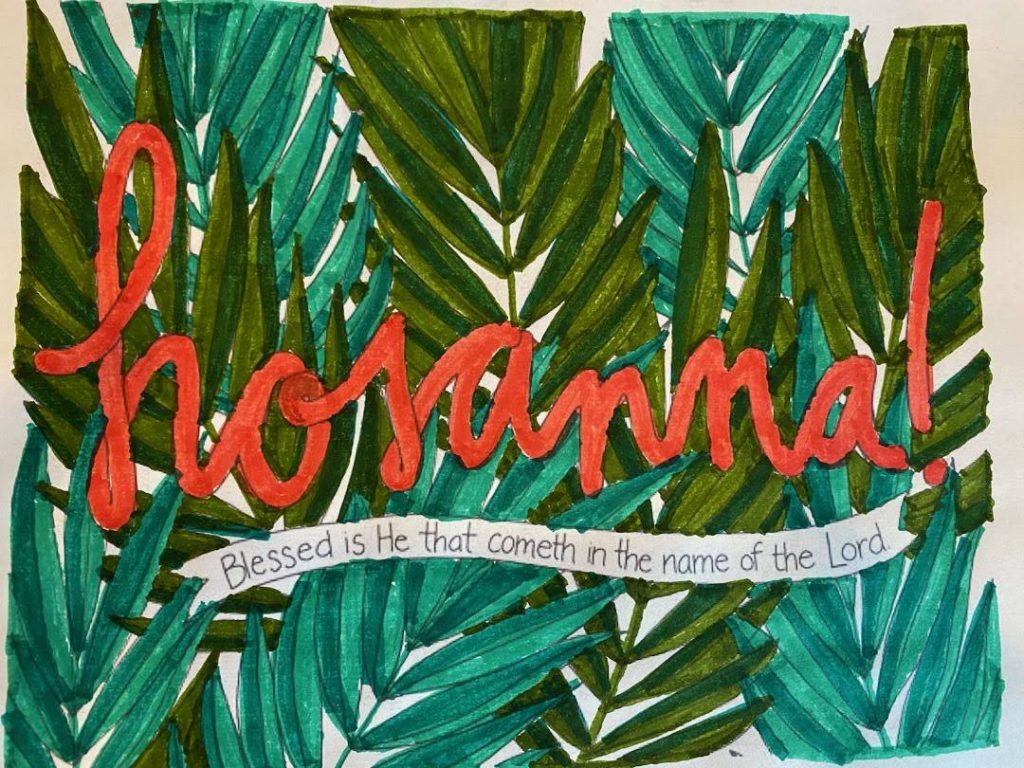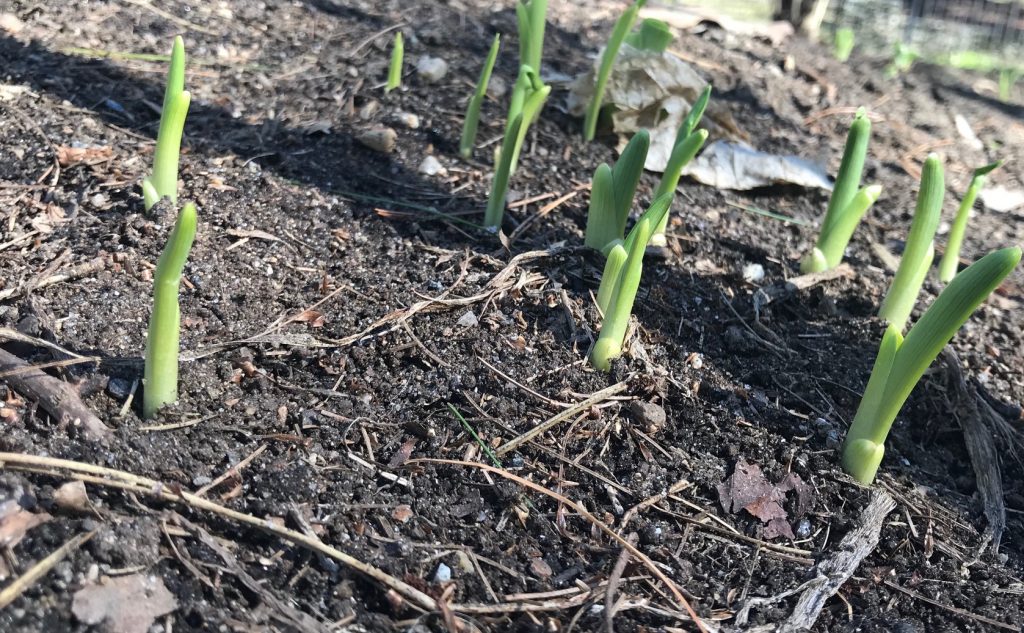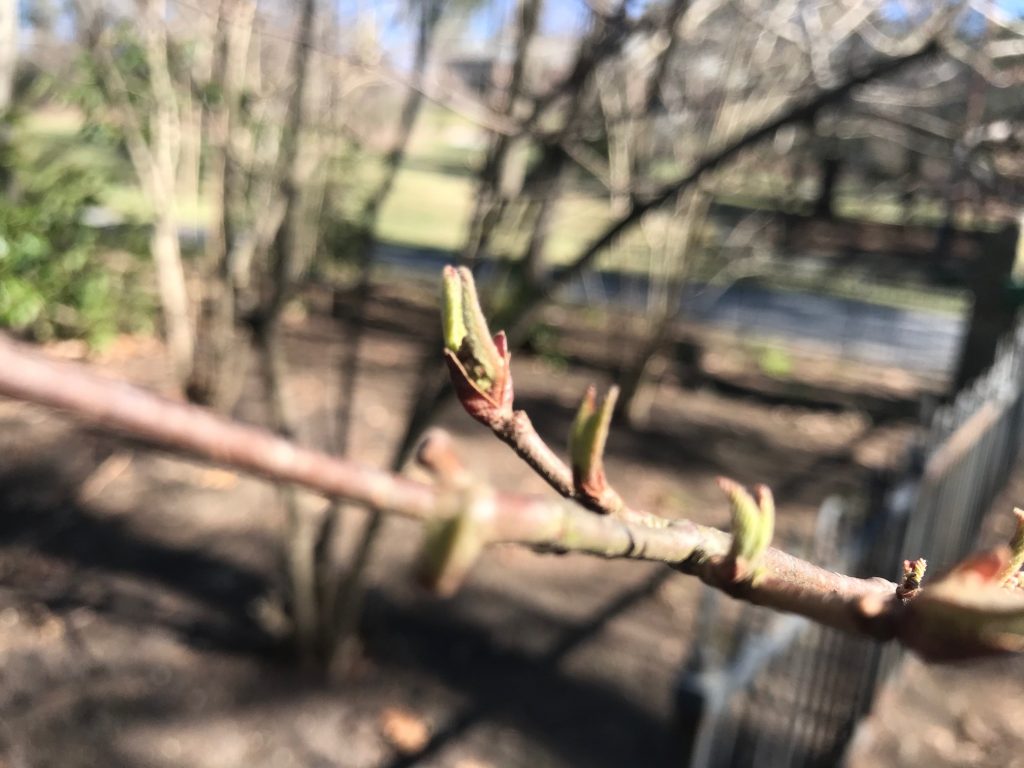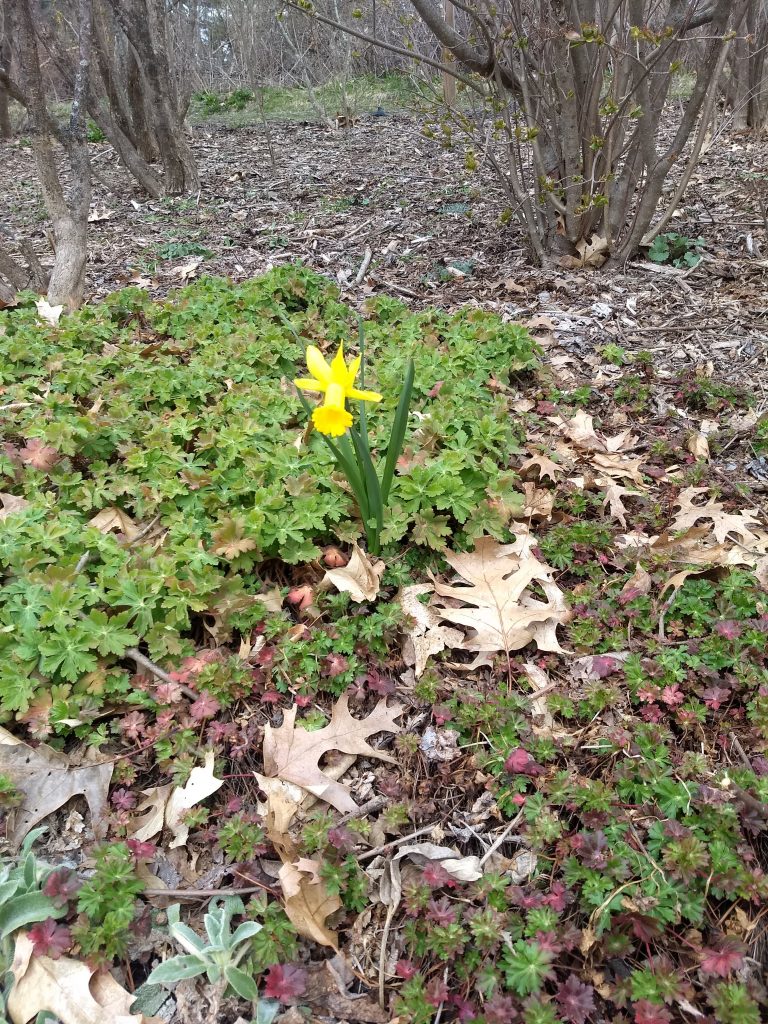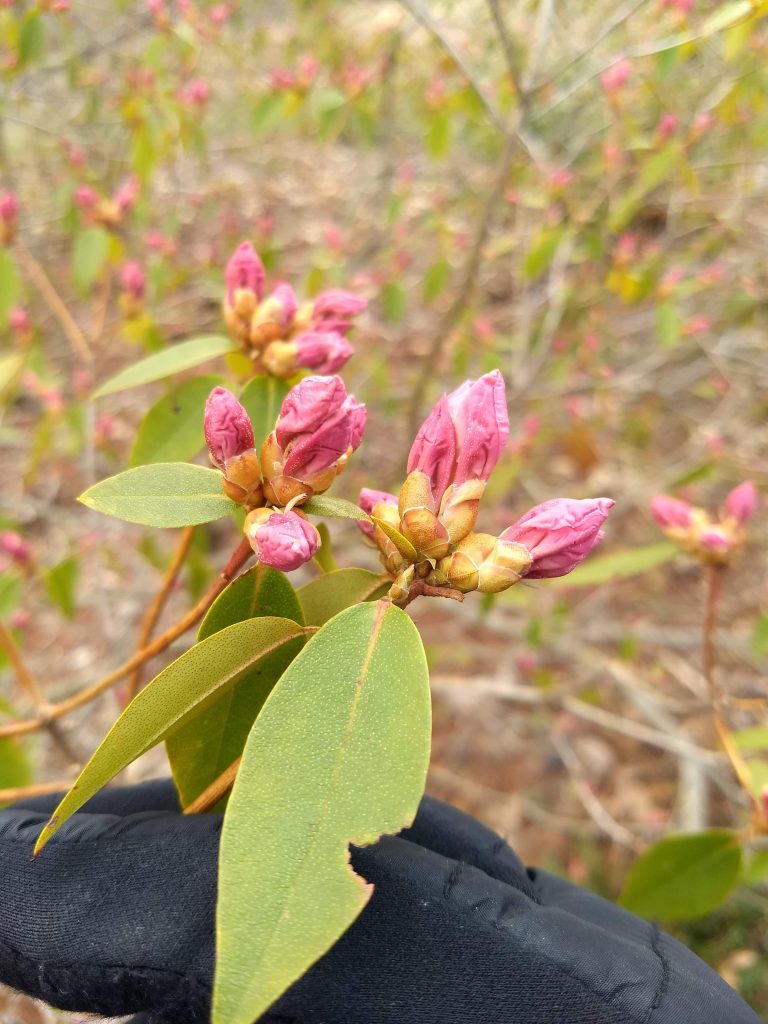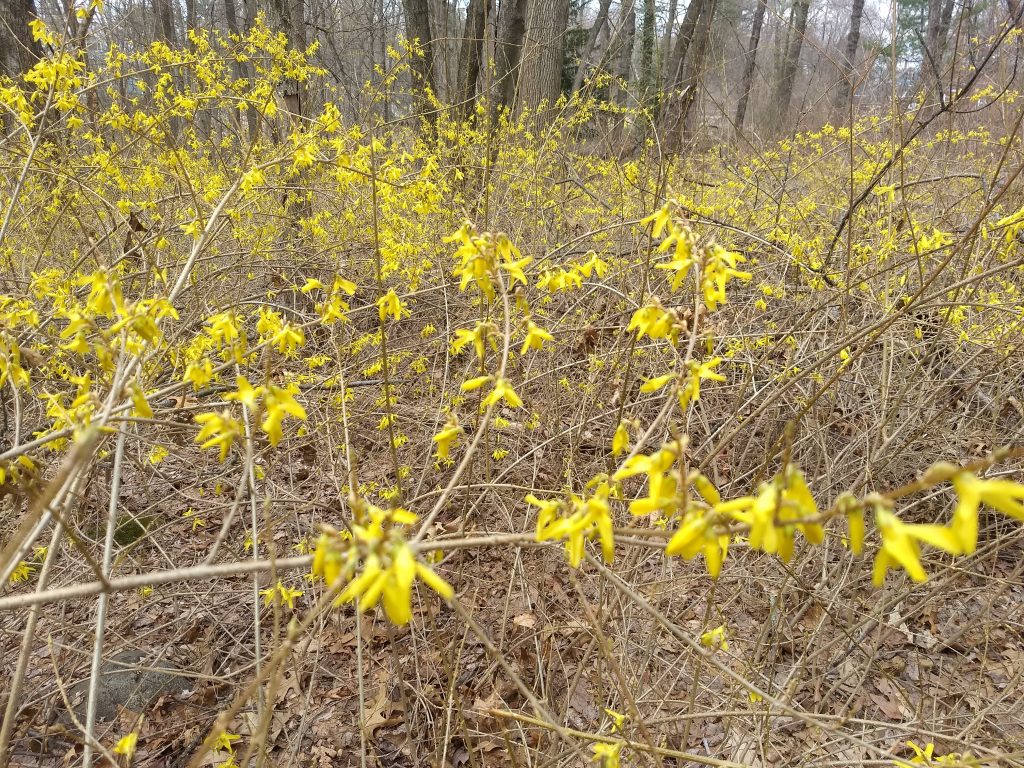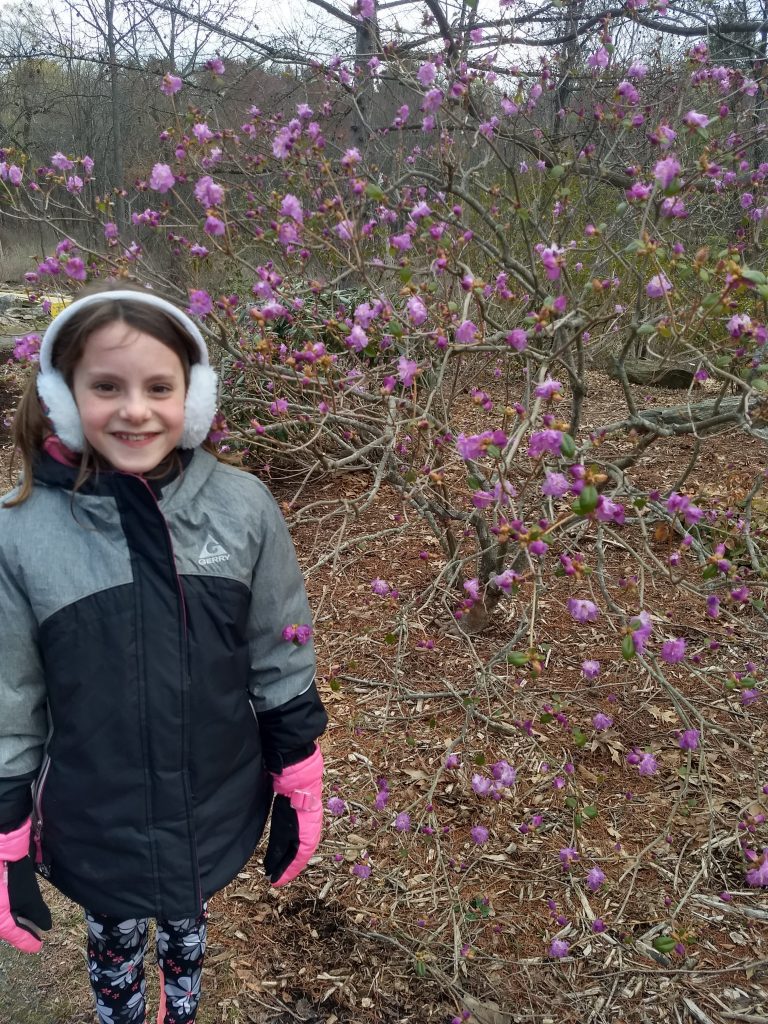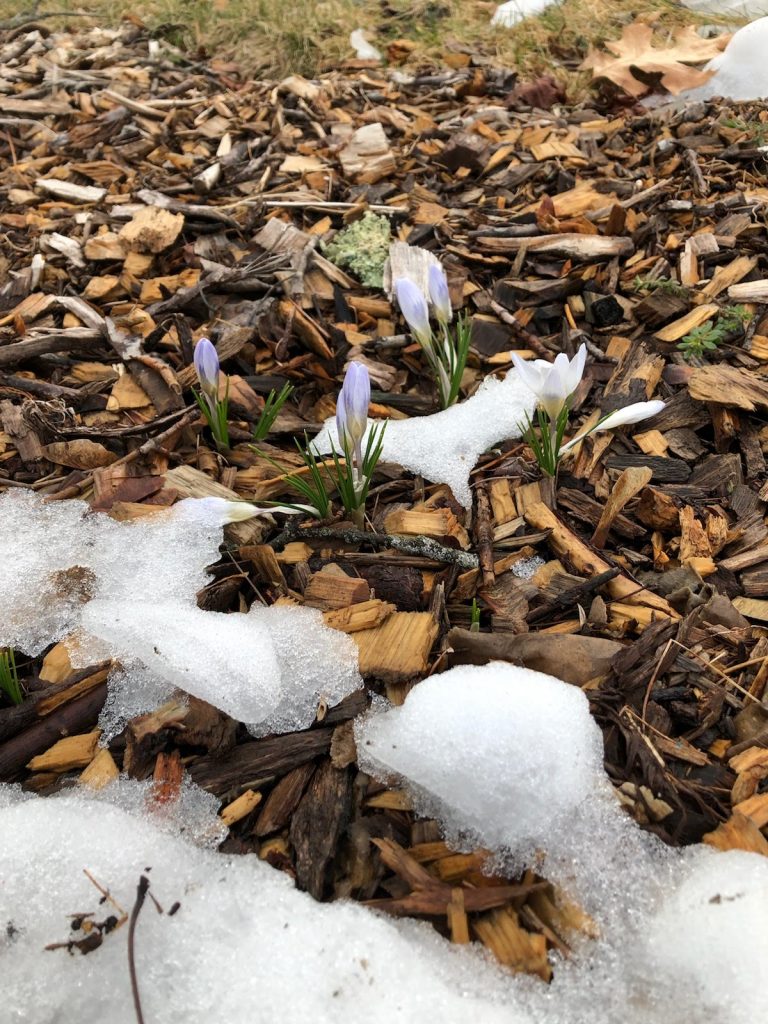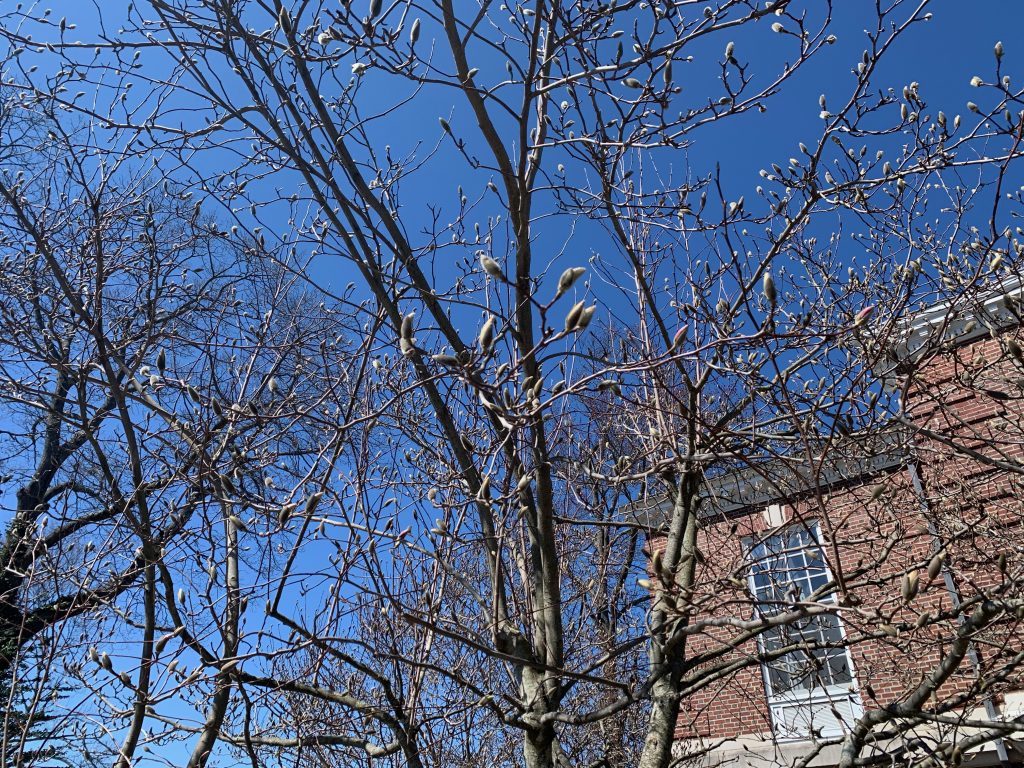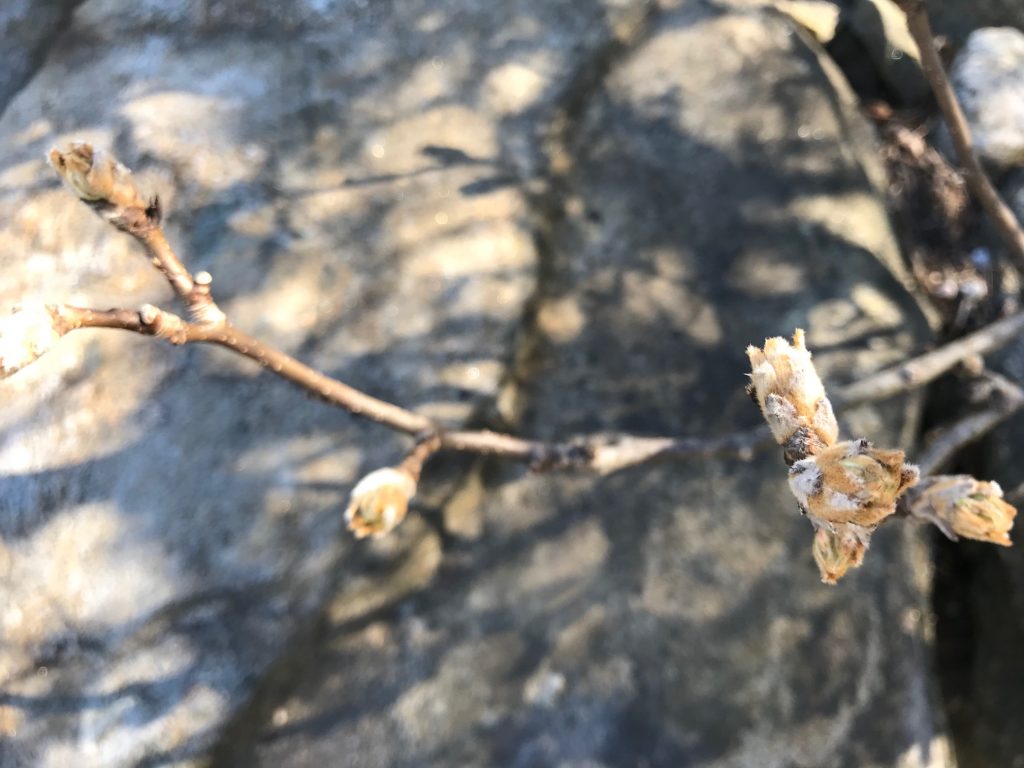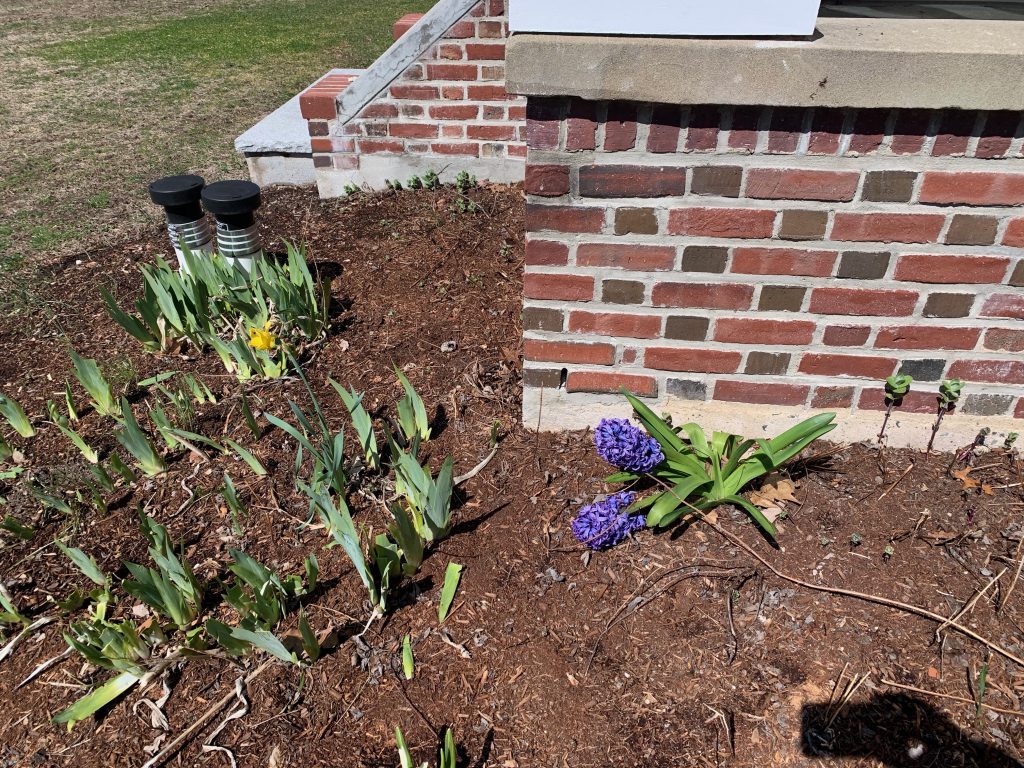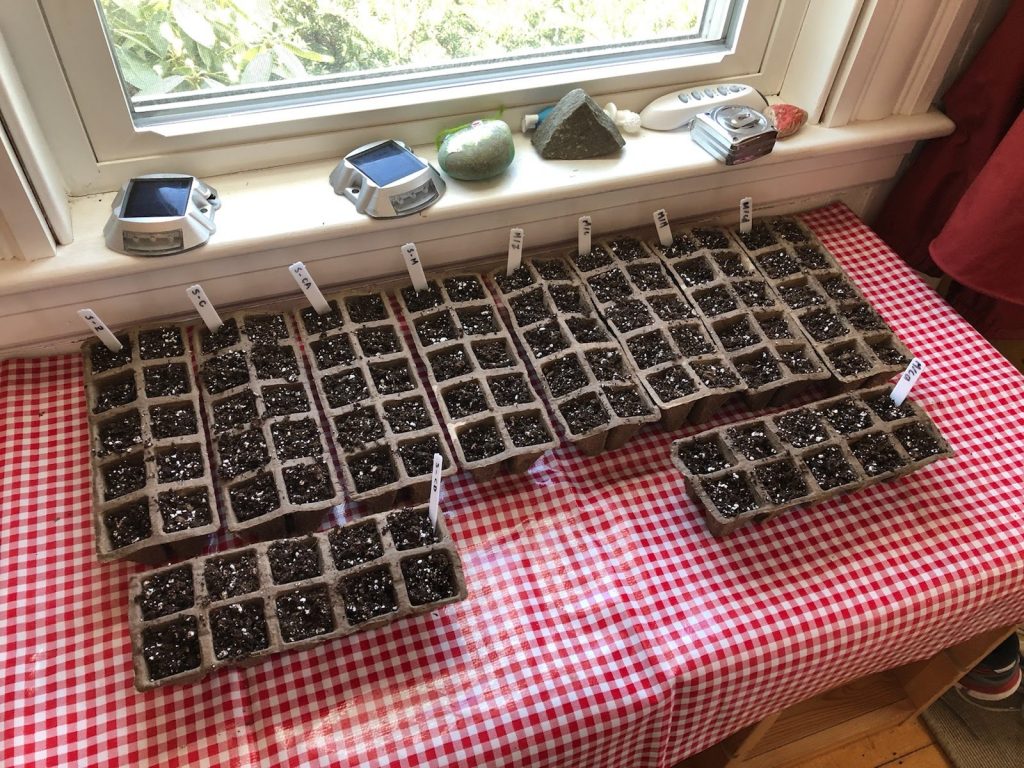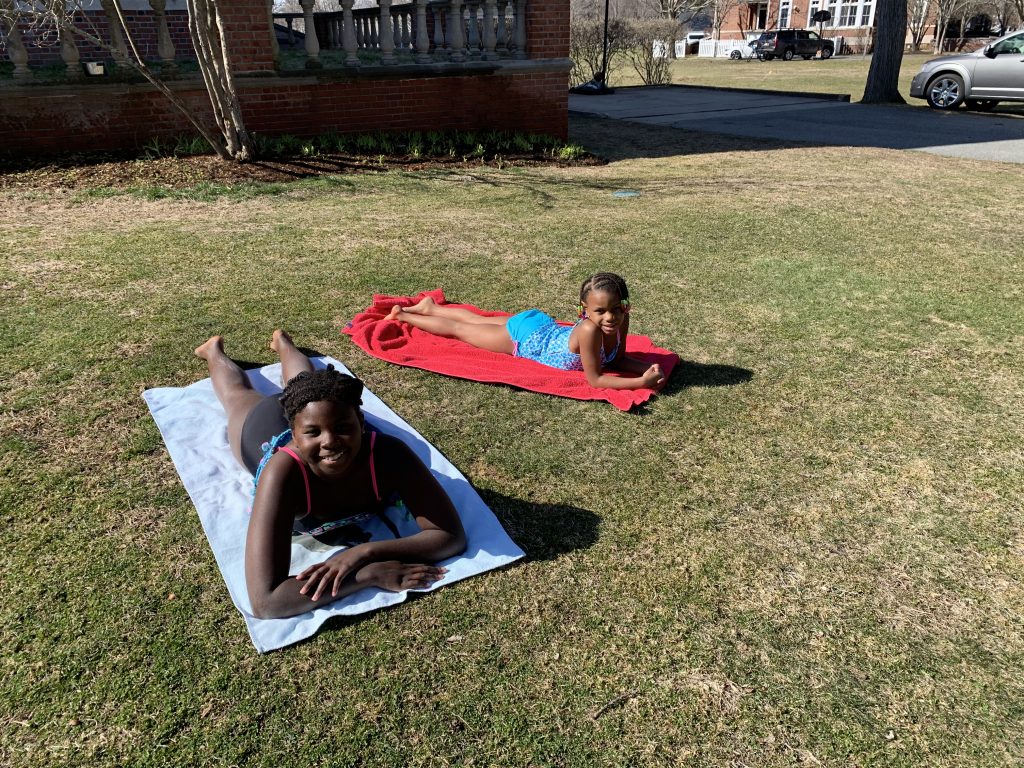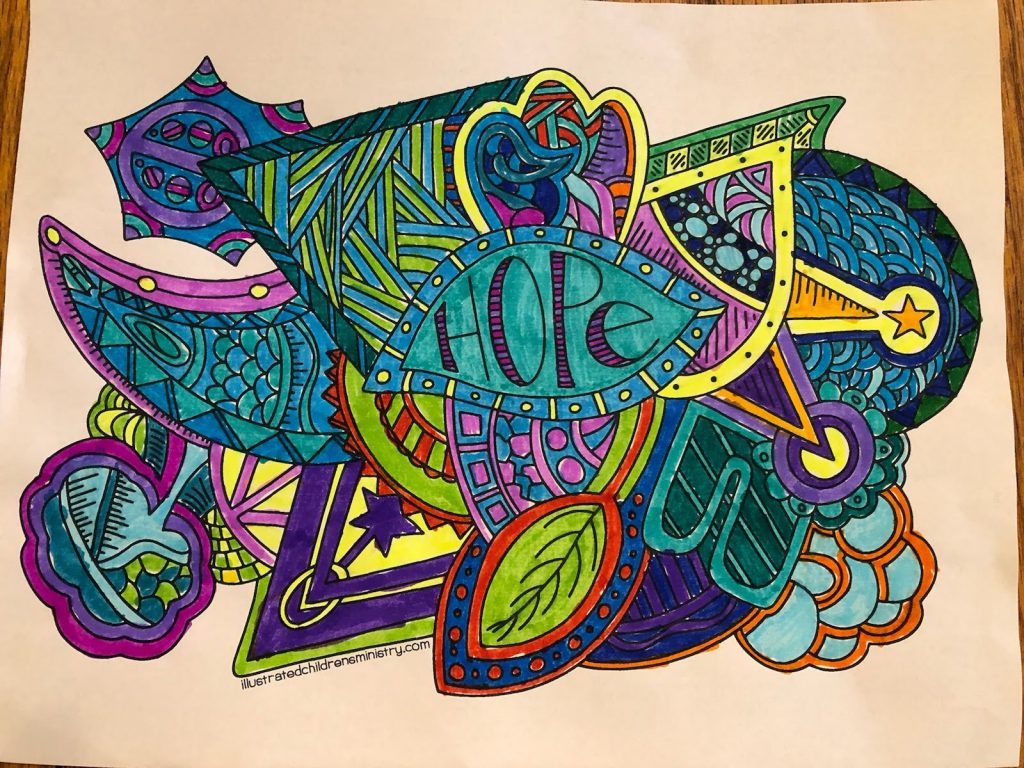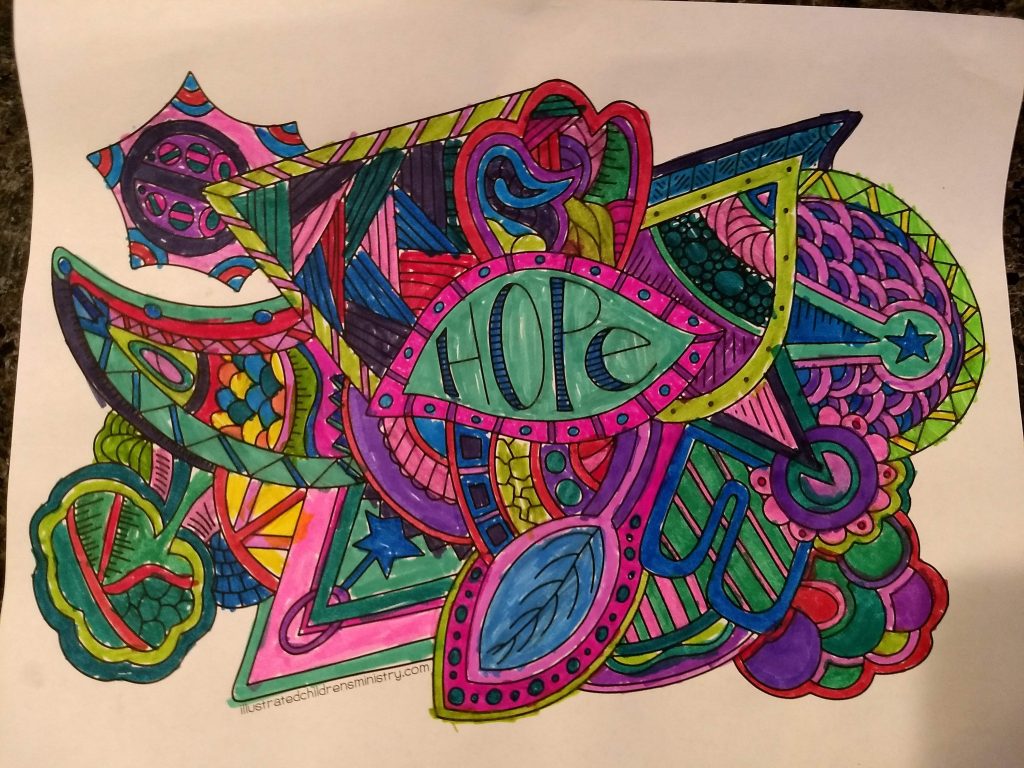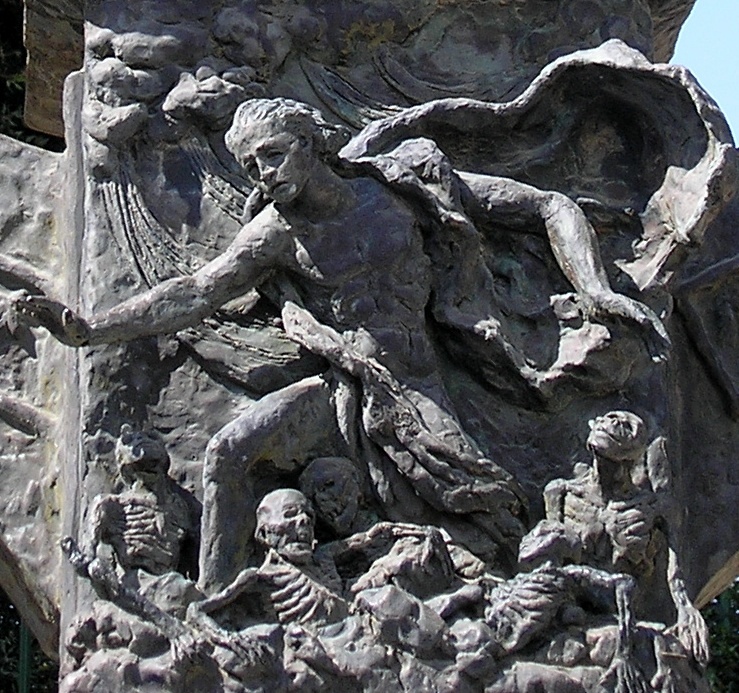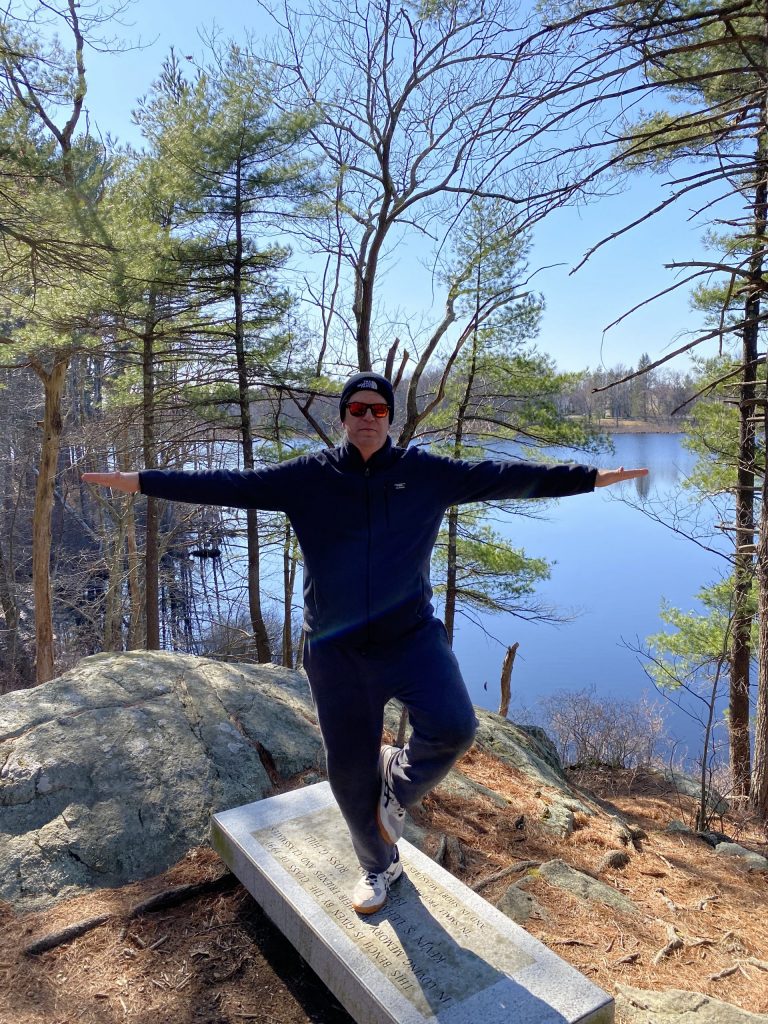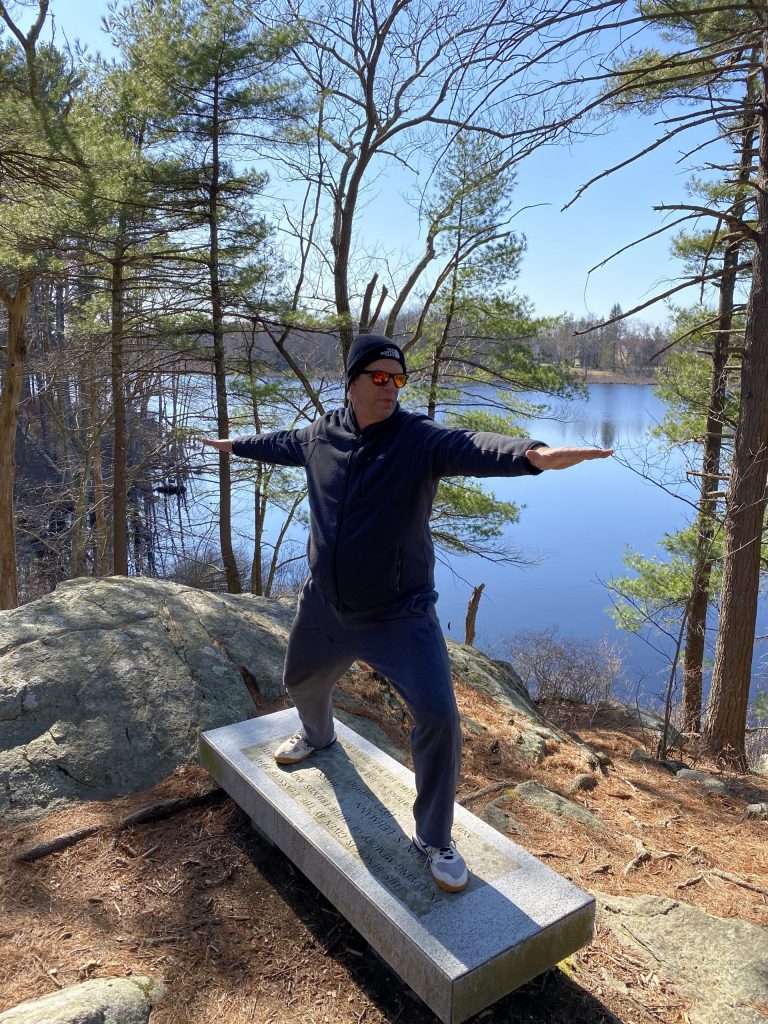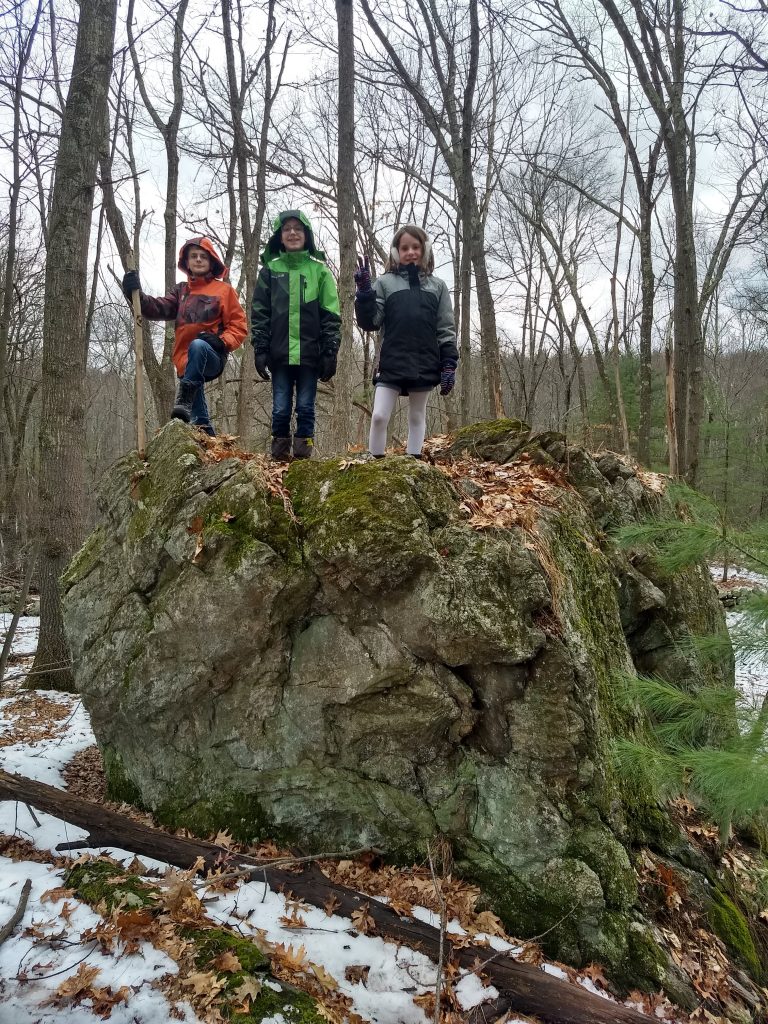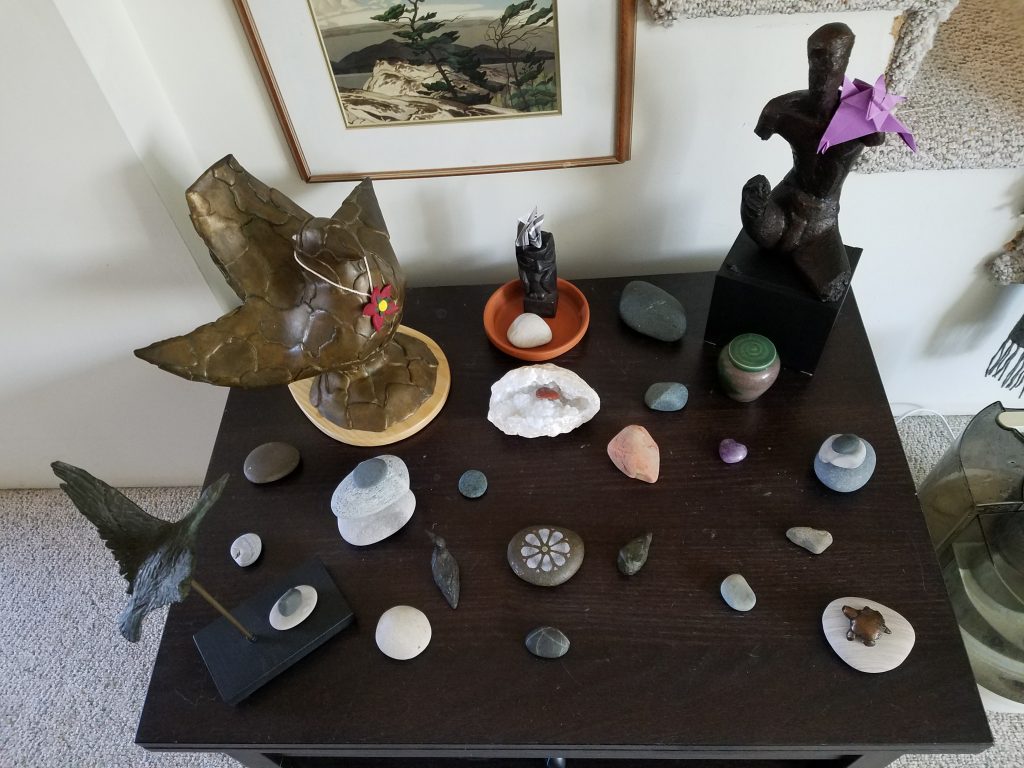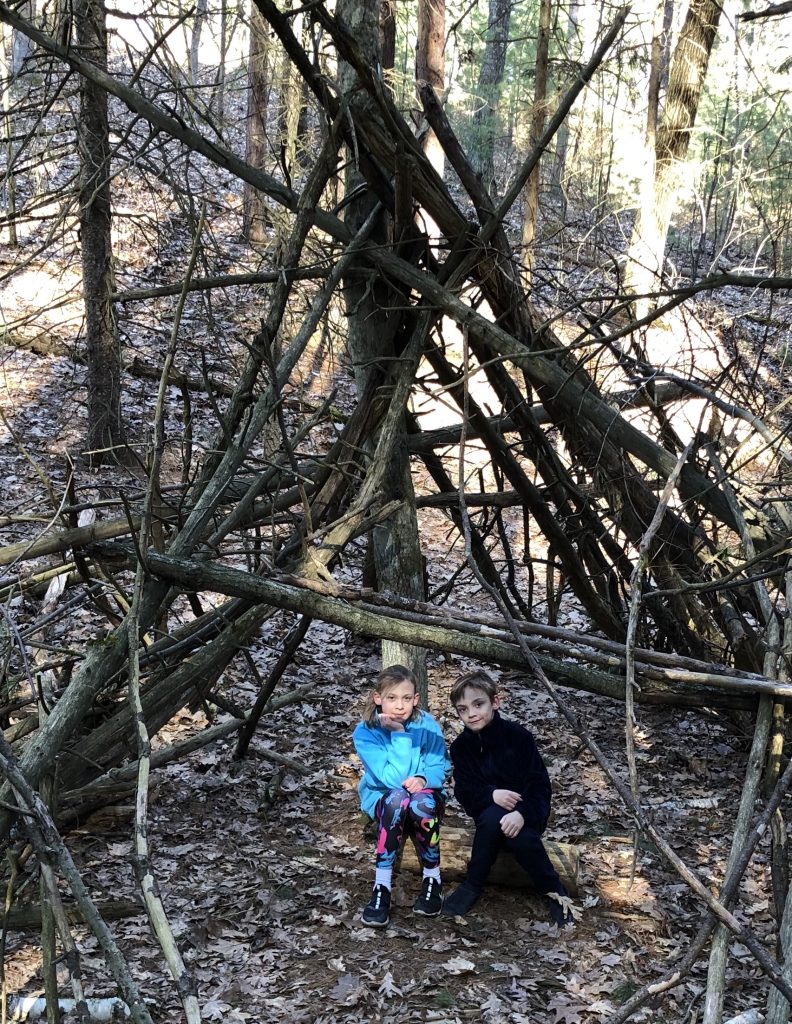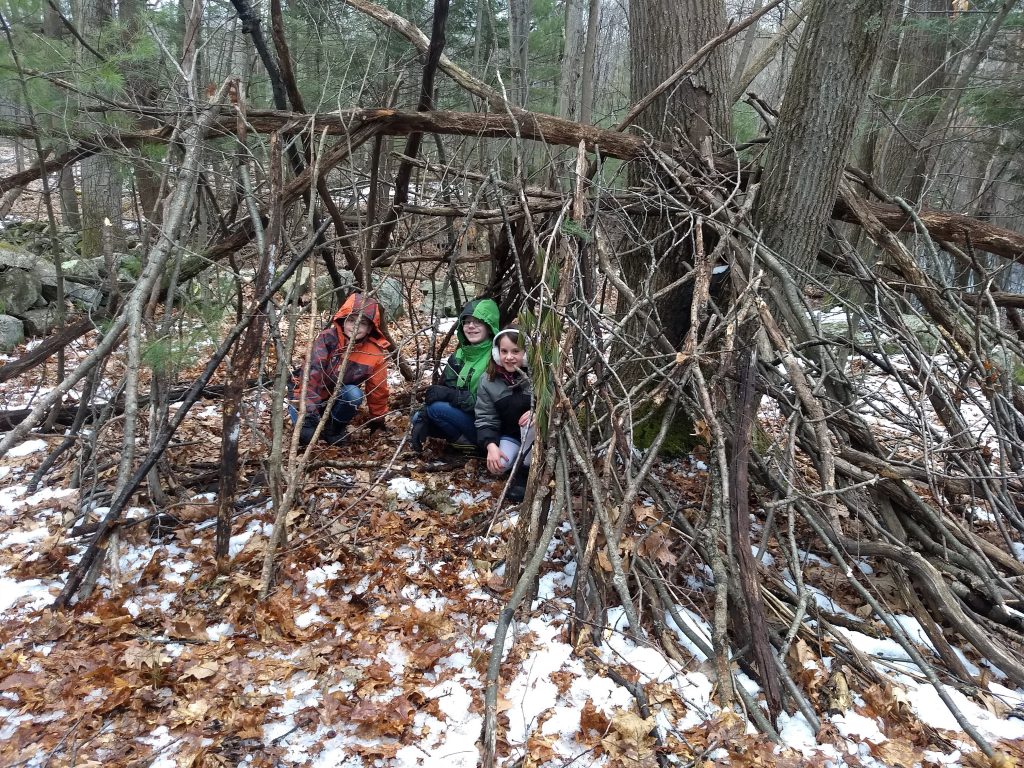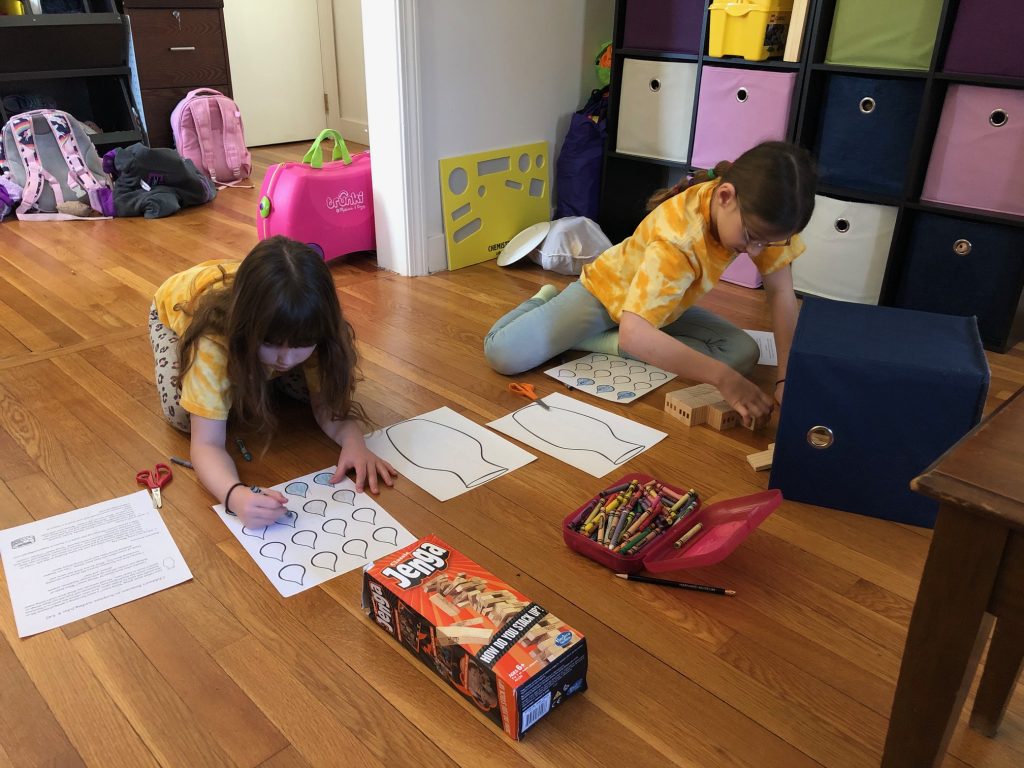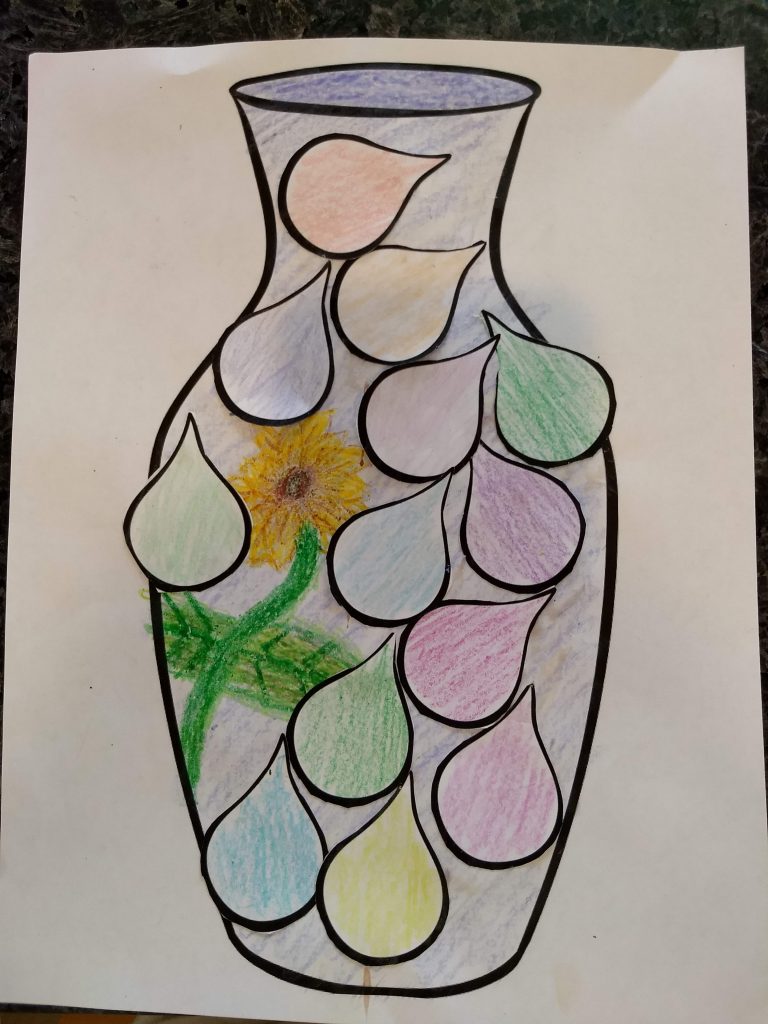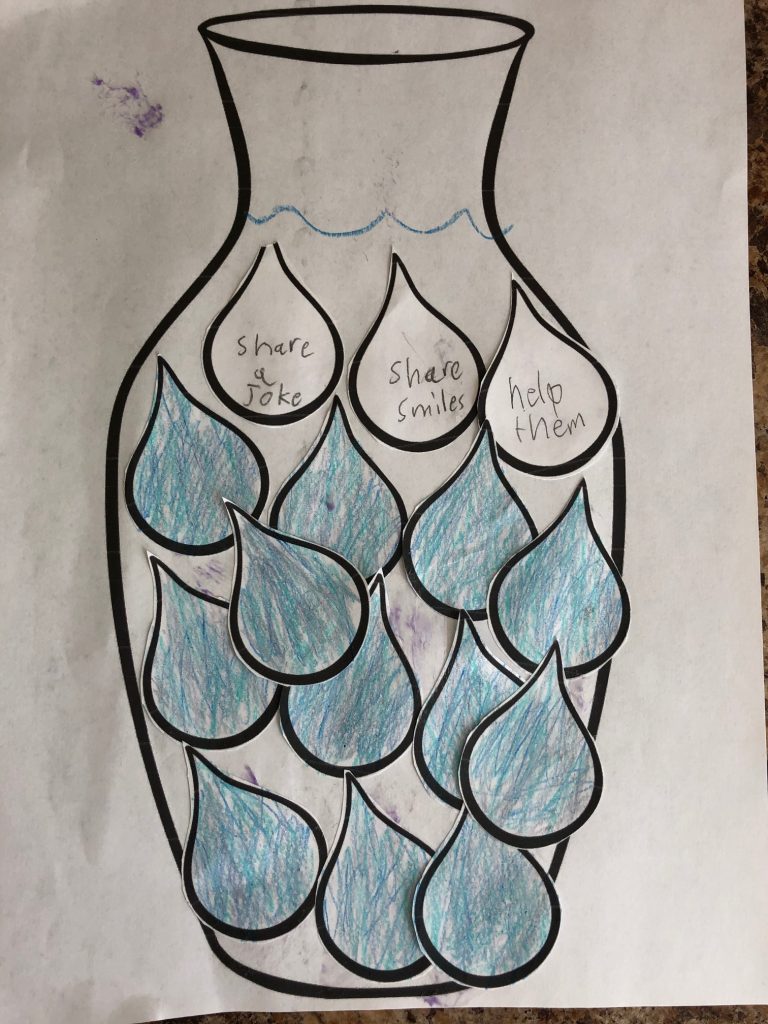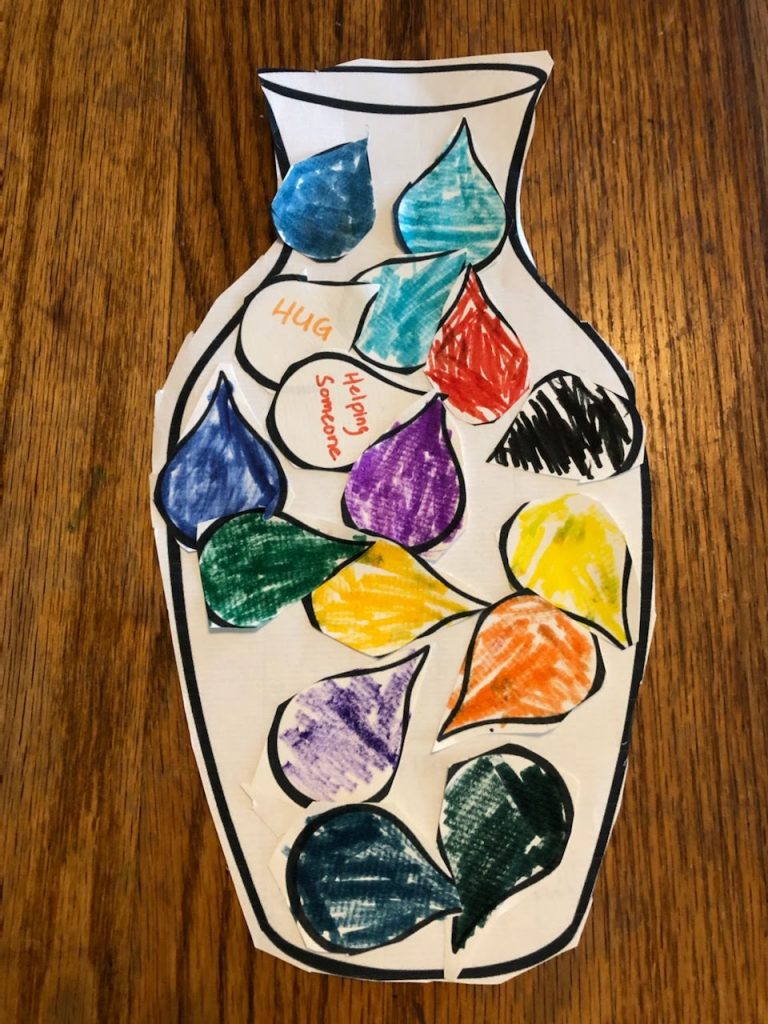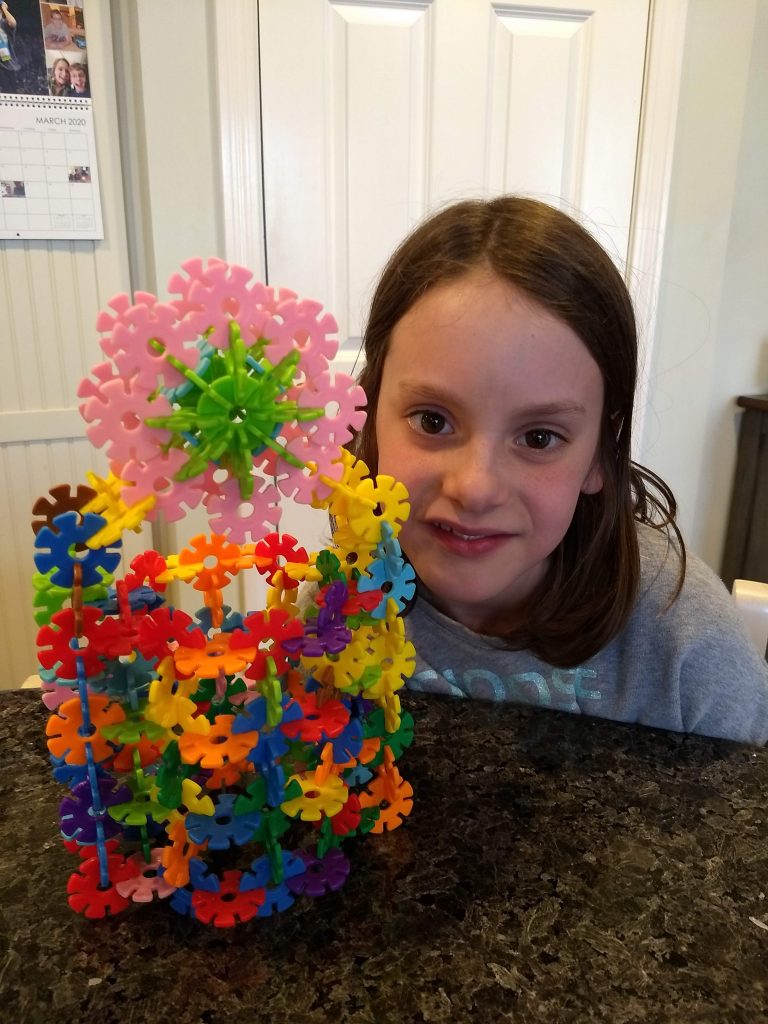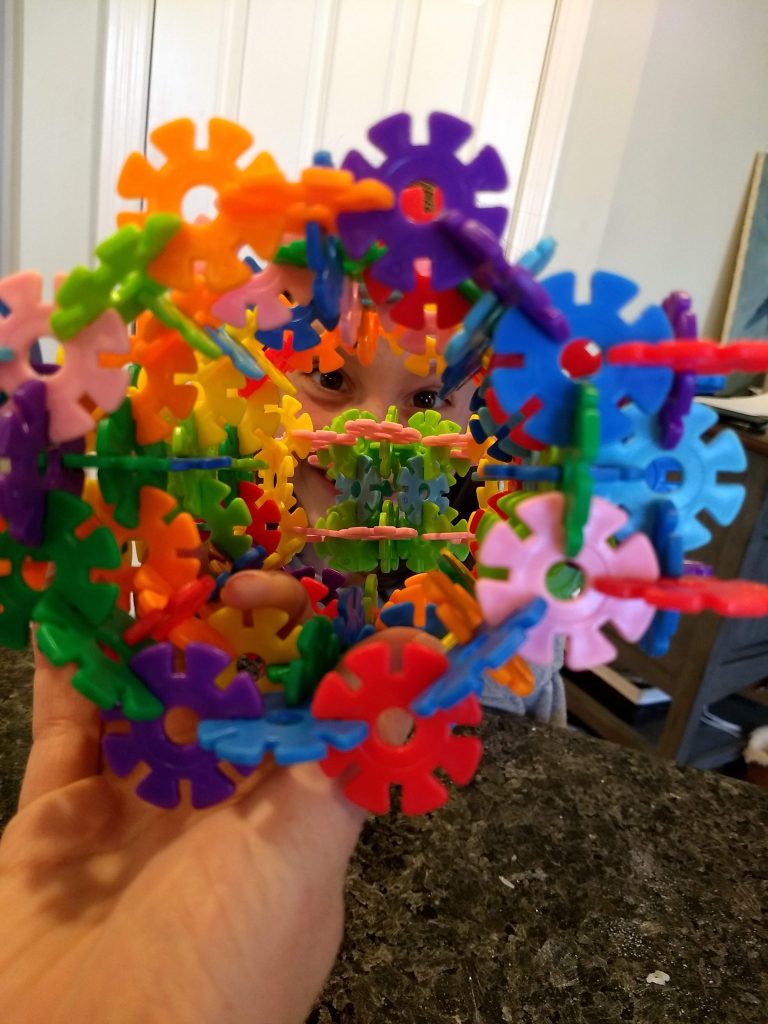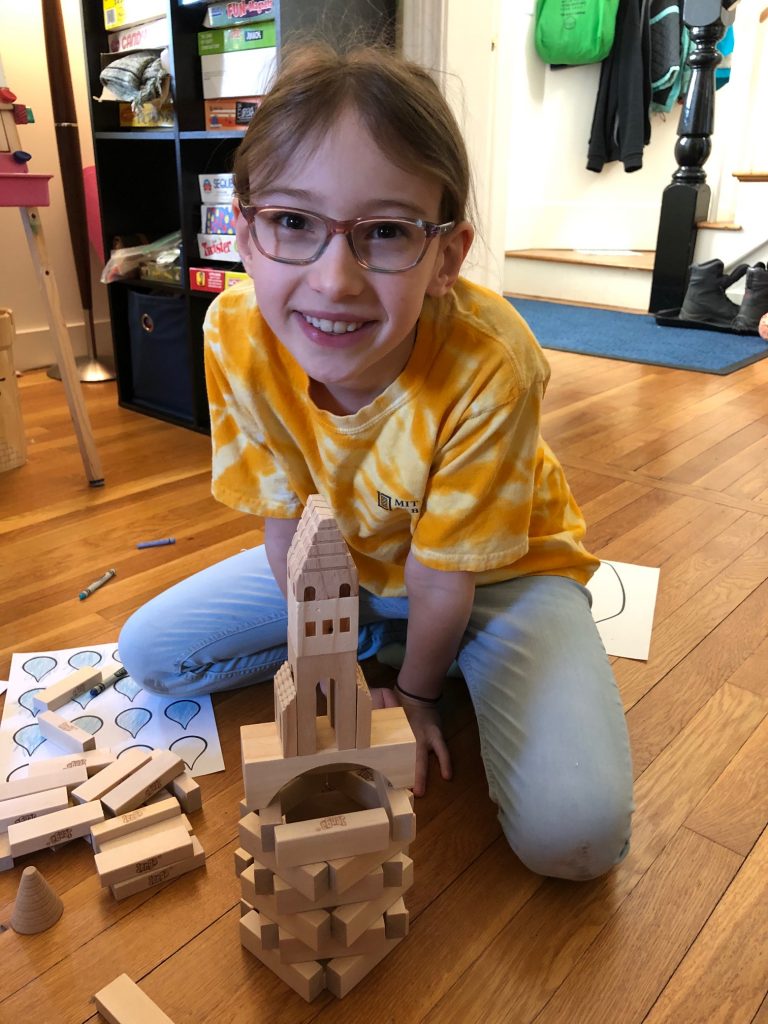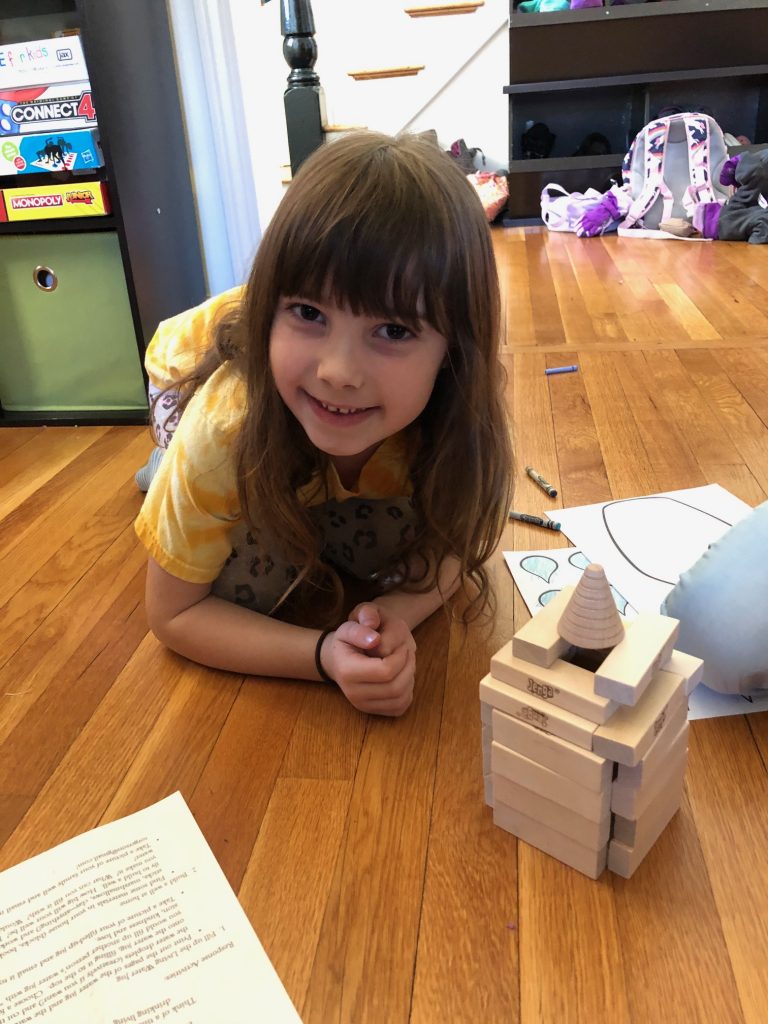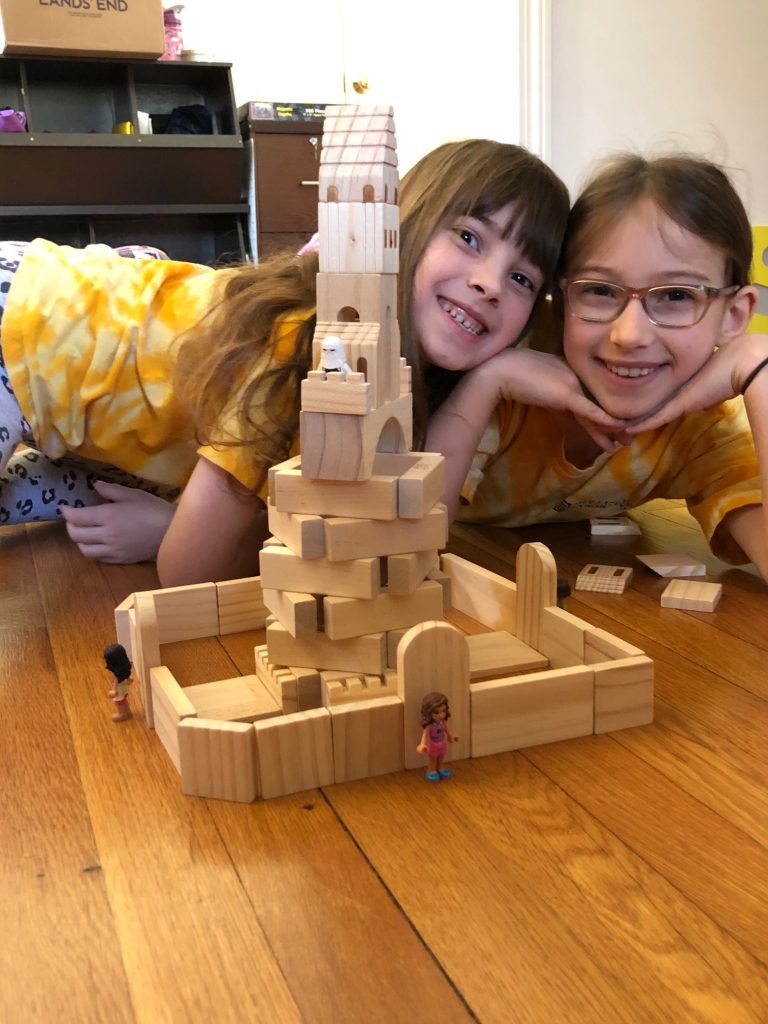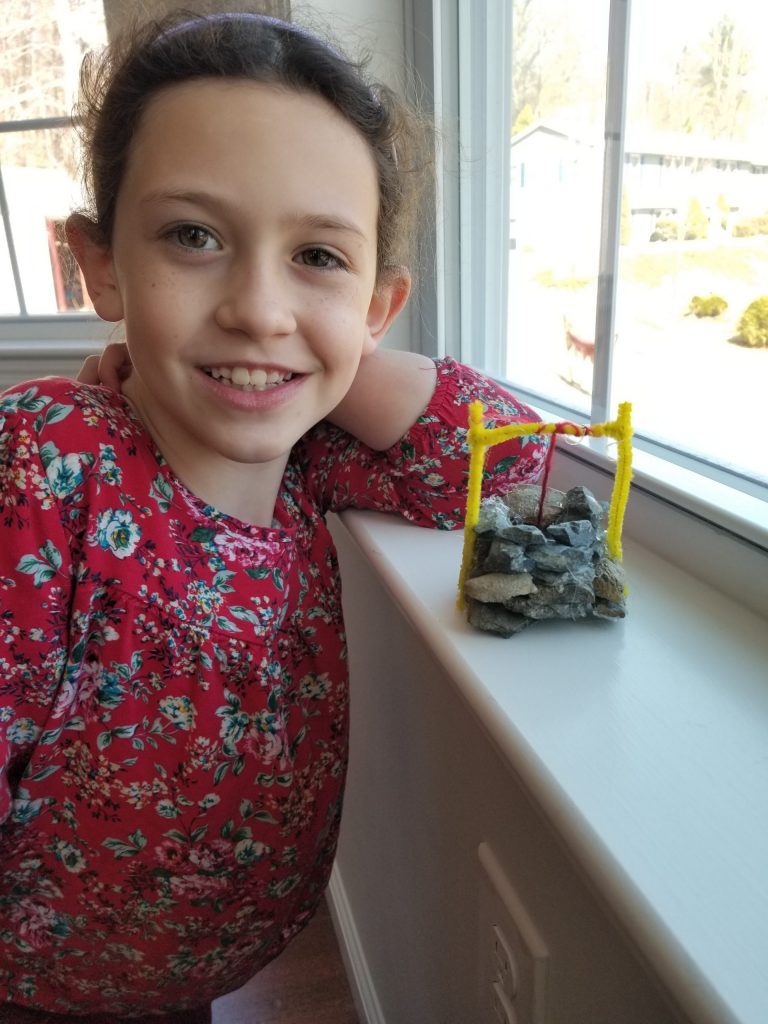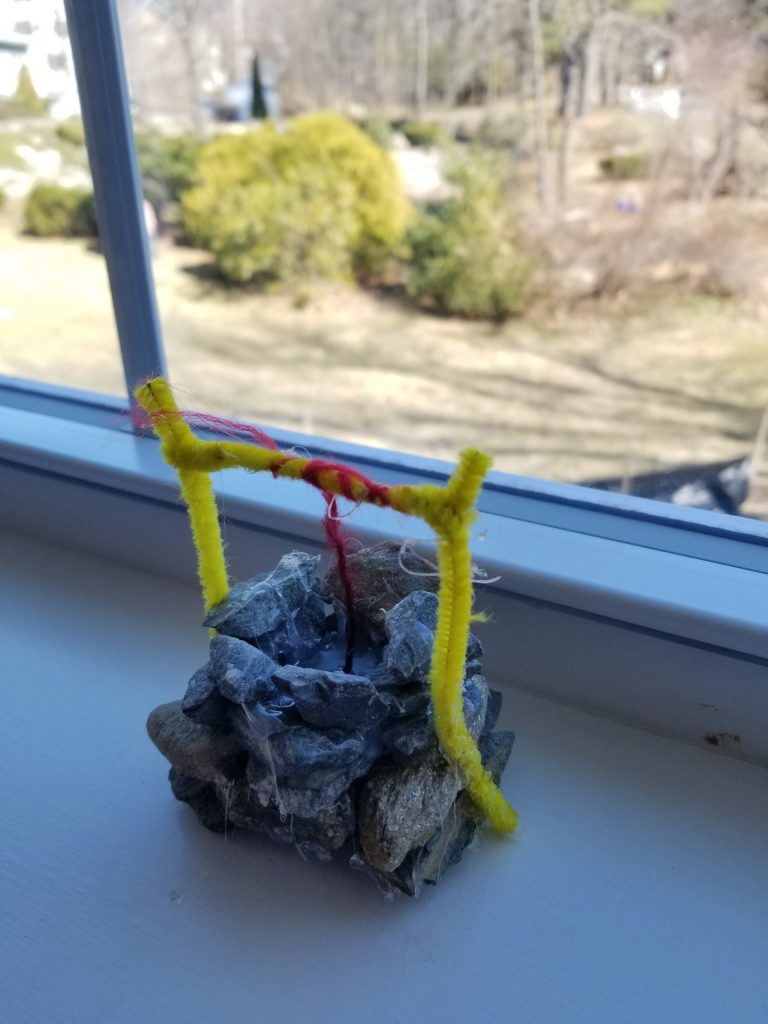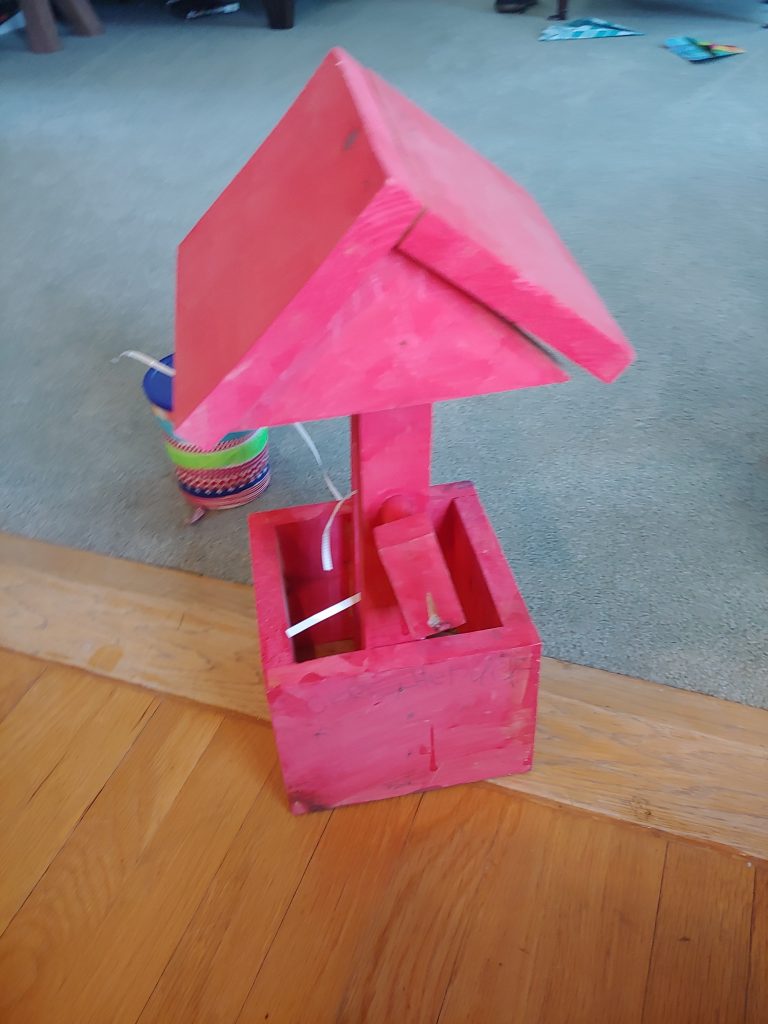John 20:1-18
Mary Magdalene comes to the tomb alone on that first Easter morning, according to the Gospel of John. She comes alone, and she finds that even the body of Jesus is not there to keep her company. So she runs to tell Simon Peter and another disciple: “they have taken the Lord.”
Simon Peter and the other disciple come, and they go, and Mary is alone again. She weeps. Then she looks into the tomb, and there are two angels there. But like many people in grief, Mary is not very conscious of her surroundings. She doesn’t seem to realize who these figures are. All she can say to them is the same thing she said to Simon Peter, the same thing that is filling her heart: “they have taken away my Lord.”
Finally, Mary turns around and she sees another figure. Her eyes full of tears, hear heart full of sorrow, Mary imagines it might be the gardener. She tells him, “Sir, if you have carried him away, tell me where you have laid him, and I will take him away.”
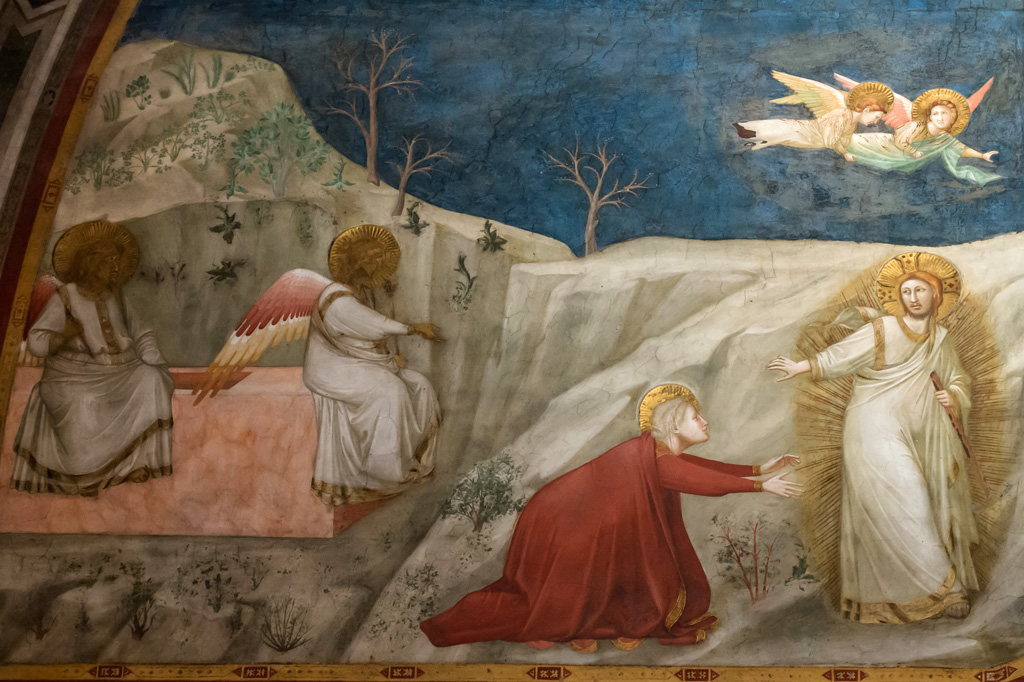
But the stranger who Mary imagines to be a gardener is, in fact, Jesus. He calls her name, “Mary.” Finally, Mary knows him. Filled with surprise and awe, Mary can finally see and hear and understand what is happening. When she greets the disciples again, Mary’s message is transformed. She tells them, “I have seen the Lord!”
There’s a lot we don’t know about the resurrection of Jesus. I wonder if this is, in part, because the stories that we have all come from people who are grieving. Grief makes it hard to be aware of what is going on around us. Grief makes it hard to piece things together, to remember what has happened, and when.
One of the things left unclear, even within the Gospel of John itself, is what Jesus’ physical presence is like after his resurrection. Jesus comes to be with Mary, but tells her not to hold onto him. Jesus offers Thomas the chance to touch his wounds, as if he was solid; but also transports himself in and out of a room through a locked door, as if he was a ghost. Jesus cooks breakfast for some disciples on a beach; but it’s unclear whether he can eat it.
What does it mean to trust that someone is really with us when we can’t hold them, be with them, eat with them, in the ways that we’re used to? This is an important question right now. How do we know that our friends, lovers, family, are really with us, meaningfully connected with us, without all the ways of being together we are used to? Hugs, shared meals, the clasp of a hand at the bedside: physical presence is denied us.
Grief is a natural and necessary response to all of these losses. And, our holy story suggests that in physical separation, and even in the separation of death – all is not lost. Our grief, our loss, is one part of a larger story.
I want to talk for a minute about the presence of the risen Christ. Now, let me be clear, I know that in our community we have agnostics and Unitarians, a few atheists, folks of all kinds of beliefs and questions. Stay with me.
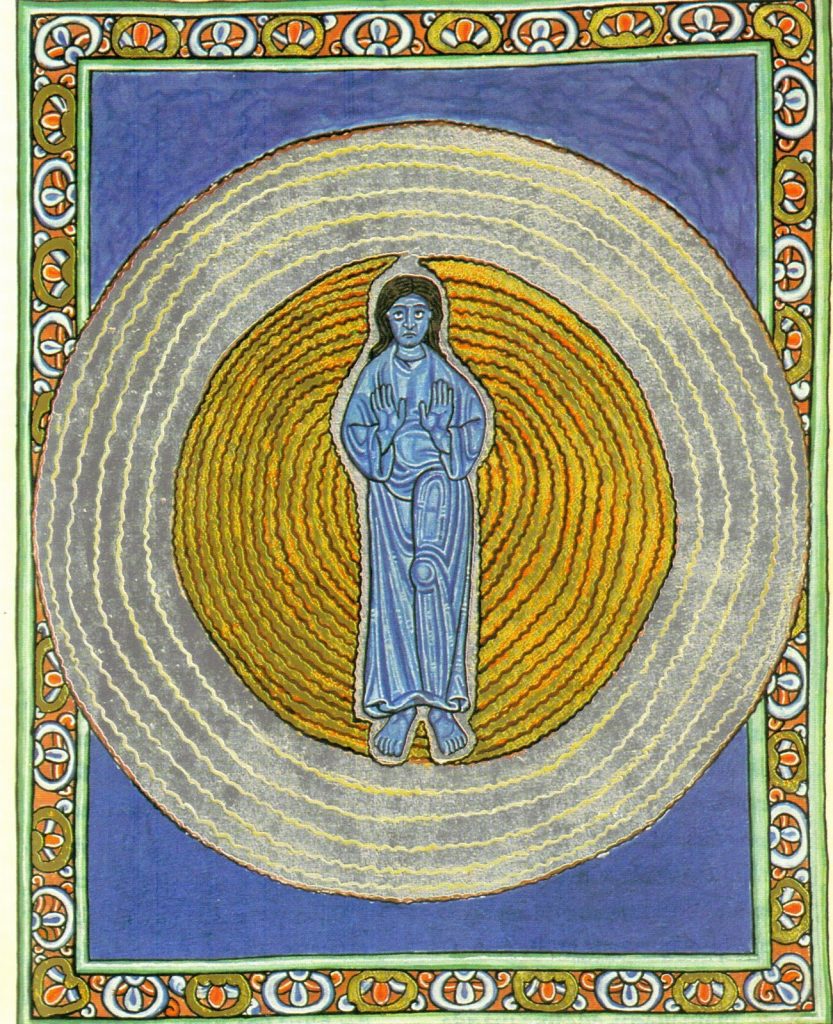
In Christian tradition, Jesus is the most person-like part of God. I love this image from Hildegaard of Bingen, an image of the Trinity. God, creator is the big circle, shimmering in the background. God, the Holy Spirit is the circle vibrating within it. Then, there in the middle, hands outstretched, is the God we come to know as Jesus.
When Jesus dies, rises, and returns to God, there is still this person-like aspect to the unfathomable holy. Jesus, who knows human birth and life and suffering and death; Jesus, who is fully human as well as fully divine; Jesus, who has been to hell and also to heaven: Jesus is a part of the eternal. Out of this understanding we get so much art and music expressing a longing for Jesus as a companion in our lives. In the morning, when I rise, give me Jesus. I want Jesus to walk with me. Jesus is available, to be with us, to go alongside us, when we need him.
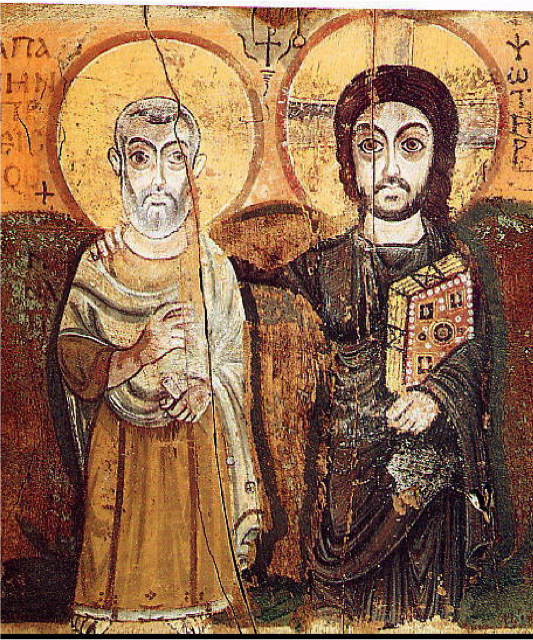
If all that is too much for you, perhaps this will work instead. Maya Angelou has described how when she has something difficult to do, she brings everyone who has ever been kind to her, along with her. They may be people who have died. They may be people who are still living, but physically far away. She says, “come with me, I need you now.”
When things get difficult for you in these days, I hope you will grieve. Grieve those who have died. Grieve all that has been taken away. Name your losses. Write them down, cry them aloud, share them with someone. They are real, and ignoring or minimizing them will not help. Name your losses, and weep.
I hope you will grieve. And then I hope, like Mary Magdalene, you will open your heart to what remains, what abides, what is newly perceivable around you: the larger story, the bigger picture. Remember that you are never truly alone. Call on those you need to be present with you. Anyone who has been kind to you. Anyone whose strength or wisdom you require. Living or dead, holy or utterly human, call on those you need. Breathe, and feel their presence. Hear them call your name. Let them make you strong.
God, and God’s people, do not leave us alone in our grief. Thanks be to God.
